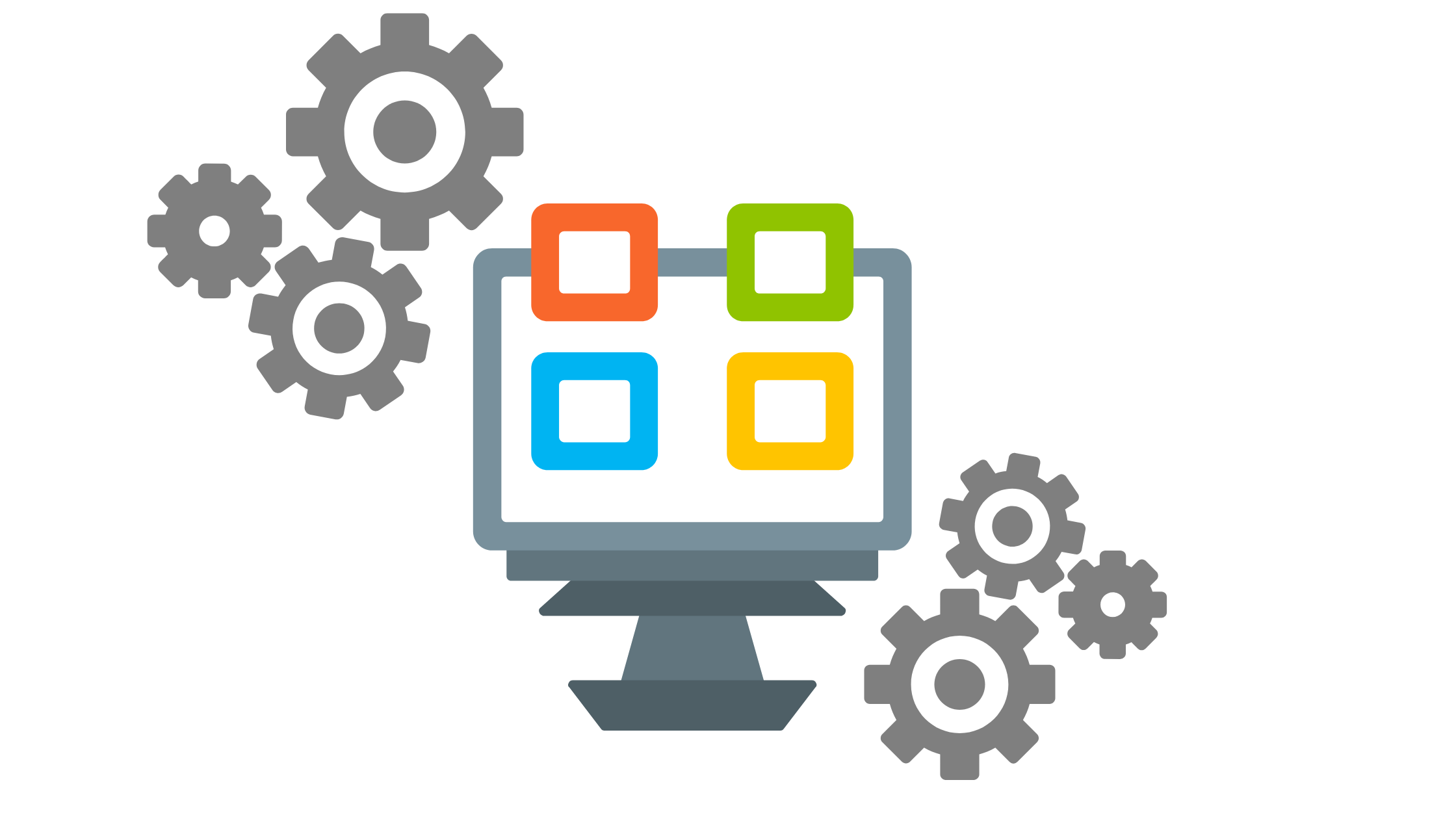If your business is still running on Windows 10, now is the time to start planning for the future. Microsoft has announced that Windows 10 will reach its end of life (EOL) on October 14, 2025. After this date, Microsoft will no longer provide security updates, patches, or technical support, leaving your business exposed to cybersecurity threats and compliance risks.
For small-to-mid-sized businesses (SMBs), this transition is a critical moment to reassess IT infrastructure and ensure your company stays secure and productive. In this post, we’ll break down what Windows 10’s EOL means for your business and how you can prepare for a smooth upgrade.
What Happens When Windows 10 Reaches End of Life? Once Windows 10 reaches EOL, Microsoft will discontinue:
- Security Updates & Patches: Your devices will become vulnerable to new security threats and malware.
- Technical Support: Microsoft support teams will no longer assist with troubleshooting or bug fixes.
- Compatibility Updates: New software and hardware may not function properly on outdated operating systems.
- Compliance Risks: Industries with strict cybersecurity regulations (such as healthcare, finance, and legal sectors) may face compliance issues by running an unsupported operating system (OS).
Without ongoing updates, continuing to use Windows 10 after its EOL could put your business at risk for data breaches, cyberattacks, and costly downtime.
What Are Your Options? Business owners have a few key options to consider:
- Upgrade to Windows 11
The most straightforward solution is to upgrade to Windows 11, which offers enhanced security, improved performance, and new productivity features. However, your current hardware must meet Windows 11 system requirements, so an upgrade may require replacing older devices. - Invest in New Devices
If your current hardware is aging or not compatible with Windows 11, it may be time to invest in new PCs or laptops. This can be a good opportunity to improve performance and efficiency across your organization.
How to Prepare for a Smooth Transition
To ensure a seamless upgrade before Windows 10 reaches EOL, consider these steps:
✔️ Assess Your Current IT Environment
Take inventory of all company devices running Windows 10 and determine whether they meet Windows 11 requirements and have a reasonable lifespan remaining.
✔️ Develop an Upgrade Plan
Create a timeline and budget for upgrading software and hardware, minimizing disruption to daily operations.
✔️ Work with a Managed IT Services Provider
Partnering with an IT expert can help ensure a smooth transition by handling updates, security, and compatibility issues.
✔️ Train Your Team
Provide employees with training on Windows 11 features to maximize productivity and minimize learning curves.
✔️ Enhance Cybersecurity
Take this opportunity to review and strengthen your business’s cybersecurity policies, including endpoint protection, backup solutions, and network security.
Where to Start? The end of Windows 10 is fast approaching, and SMBs must act now to avoid security risks, compliance issues, and operational disruptions. By planning ahead and considering your upgrade options, you can ensure a smooth transition and keep your business running efficiently.
If you need expert guidance on upgrading your systems or securing your IT environment, our team is here to help. Silverado Technologies has helped with organizations throughout Southern Arizona keep current with Microsoft's changing technologies. Contact us today to create a custom migration plan that meets your business’s needs.




